The calf raise is a simple yet highly effective exercise that targets the muscles of your lower leg, primarily the gastrocnemius and soleus, which together make up the calf muscles. It's a common move in both bodybuilding and functional training routines, often incorporated into leg workouts to build strength, improve stability, and enhance athletic performance.
In this article, we will explore the calf raise in depth, from its benefits to variations, and how you can incorporate it into your training routine for optimal results.
The Anatomy of the Calf Muscles
To fully understand the calf raise, it's essential to know the muscles it works. Your calf is made up of two primary muscles:
- Gastrocnemius: The larger, more visible muscle, located at the top of the calf. It is responsible for the visible bulge in your calf and plays a major role in movements like jumping, running, and sprinting.
- Soleus: A smaller muscle located underneath the gastrocnemius. It’s engaged during activities like walking and helps stabilize your foot and ankle while standing.
Both muscles work together to facilitate the movement of plantar flexion, which is the action of pointing the toes downward—just like when you push off the ground with your feet during running or walking.
The Mechanics of the Calf Raise
A calf raise involves lifting your body weight (or additional weight) by pushing through the balls of your feet, raising your heels off the ground. The movement can be performed with both feet or one foot at a time for more intensity.
-
Starting Position: Stand with your feet hip-width apart. If you're using a machine or barbell, make sure your posture is upright, and your core is engaged.
-
Execution: Slowly lift your heels by pressing down through the balls of your feet. Keep your knees straight (but not locked) and focus on pushing through your toes. Hold the top position briefly, then lower your heels back down in a controlled manner.
-
Breathing: Exhale while lifting, and inhale as you lower your heels.
Benefits of Calf Raises
-
Strengthens the Calf Muscles: The primary benefit of calf raises is the strengthening of the gastrocnemius and soleus muscles, which support various movements like walking, running, and jumping. Stronger calves contribute to better mobility and athletic performance.
-
Improves Balance and Stability: Calf raises improve ankle stability by strengthening the muscles around the ankle joint, which can reduce the risk of ankle injuries. This is especially beneficial for athletes and individuals who engage in activities like hiking or sports requiring balance and agility.
-
Enhances Posture: The calf muscles play a crucial role in maintaining proper posture. By strengthening them, you can improve overall posture and reduce strain on other parts of the body, particularly the lower back.
-
Supports Better Performance in Other Exercises: Calf raises help activate the calf muscles, which are involved in many compound exercises like squats, lunges, and deadlifts. By improving the strength of your calves, you can potentially increase your performance in these full-body movements.
Types of Calf Raises
There are several variations of the calf raise, each targeting different parts of the calf muscles or offering unique challenges.
1. Standing Calf Raise
This is the most common and basic form of the calf raise, performed on flat ground or using a machine. It's great for beginners and can be performed with body weight or added resistance (dumbbells, barbell, or machine).
2. Seated Calf Raise
A seated calf raise isolates the soleus muscle more than the gastrocnemius. By sitting down and placing your feet on a platform with a weight on your knees, you reduce the involvement of your knee joint, focusing more on the lower calf muscle.
3. Donkey Calf Raise
In the donkey calf raise, you bend forward at the waist and perform the raise with your torso parallel to the floor. This variation also emphasizes the gastrocnemius and can be performed using body weight or additional resistance.
4. Single-Leg Calf Raise
Performing the calf raise on one leg increases the challenge, forcing each calf to work independently. This is a great way to target any imbalances between your calves and can be done on the ground or with added resistance.
5. Elevated Calf Raise
This variation involves standing with the balls of your feet on an elevated surface, such as a step or platform. The increased range of motion helps engage the calf muscles more effectively and can provide a deeper stretch at the bottom of the movement.
How to Incorporate Calf Raises into Your Routine
Calf raises can be performed on leg day or included in full-body routines, depending on your goals. Here’s how you can add them to your workout:
- Strength Training Routine: Include 3 sets of 12–15 reps, adjusting the weight as needed. Rest for 60–90 seconds between sets.
- Endurance Training: For a more endurance-focused approach, perform 2–3 sets of 20+ reps with lighter weight.
- Core and Stability Work: Add calf raises to exercises that challenge your core and balance, such as squats, lunges, or even balance exercises on one leg.
- Warm-up or Cool Down: Perform bodyweight calf raises as part of a warm-up or cool-down to activate your calf muscles without overloading them.
Common Mistakes to Avoid
- Bouncing: Avoid bouncing at the top of the movement. The key is to move in a controlled manner to engage the muscles fully and avoid injury.
- Incomplete Range of Motion: Don’t cheat the movement by cutting it short. Ensure you’re going all the way up to fully engage the calves and lower back down for a full stretch.
- Locked Knees: Keep a slight bend in your knees throughout the exercise. Locking your knees can reduce the effectiveness of the exercise and increase the risk of injury.
Conclusion
The calf raise is an essential exercise for building strong, toned calves while also improving balance, stability, and performance in other exercises. Whether you're a beginner or a seasoned athlete, there are variations of the calf raise to suit your fitness level and goals. By incorporating this exercise into your routine, you'll build a solid foundation for a more powerful and agile lower body.
So, whether you're training for a sport or just looking to improve your overall fitness, don’t overlook the benefits of calf raises.


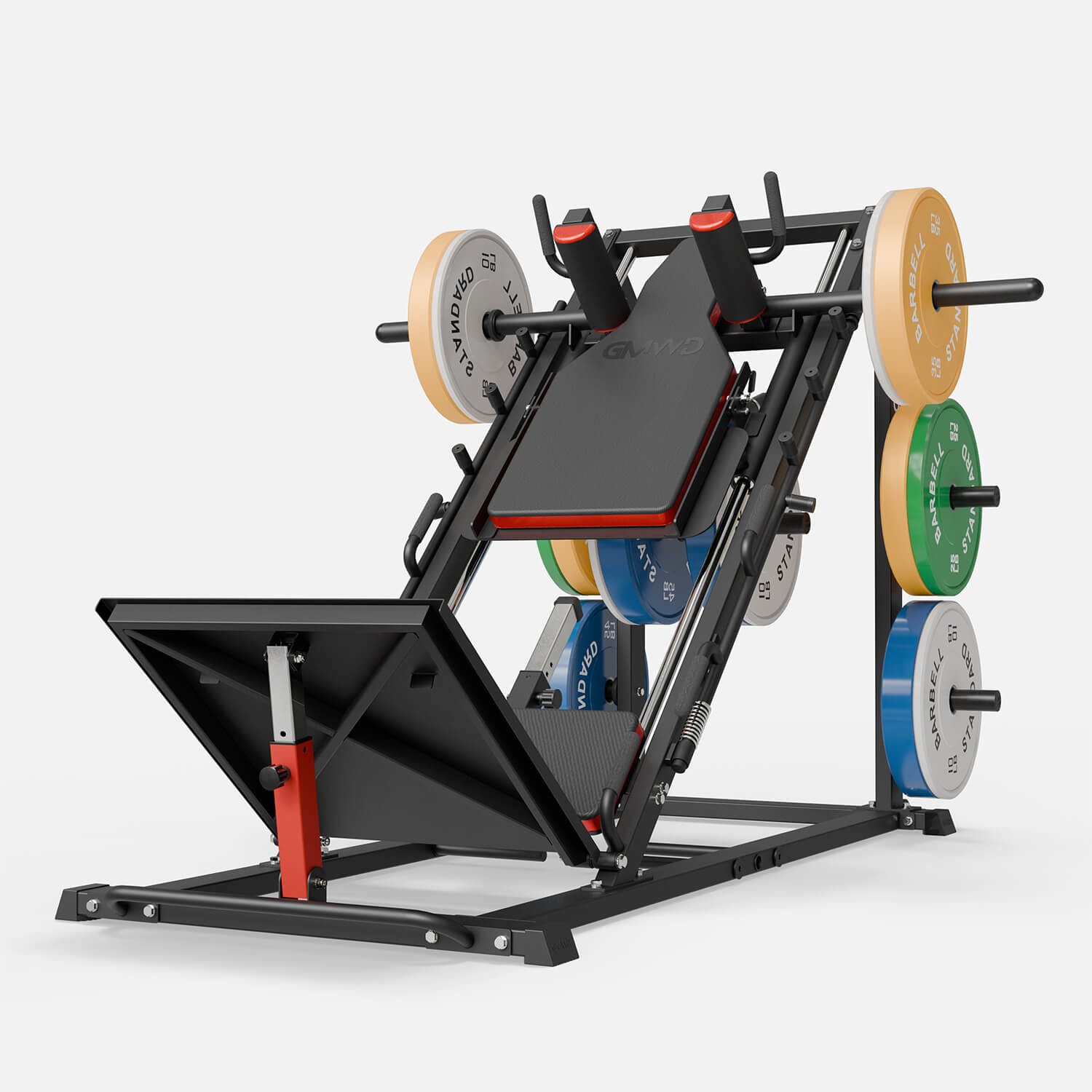
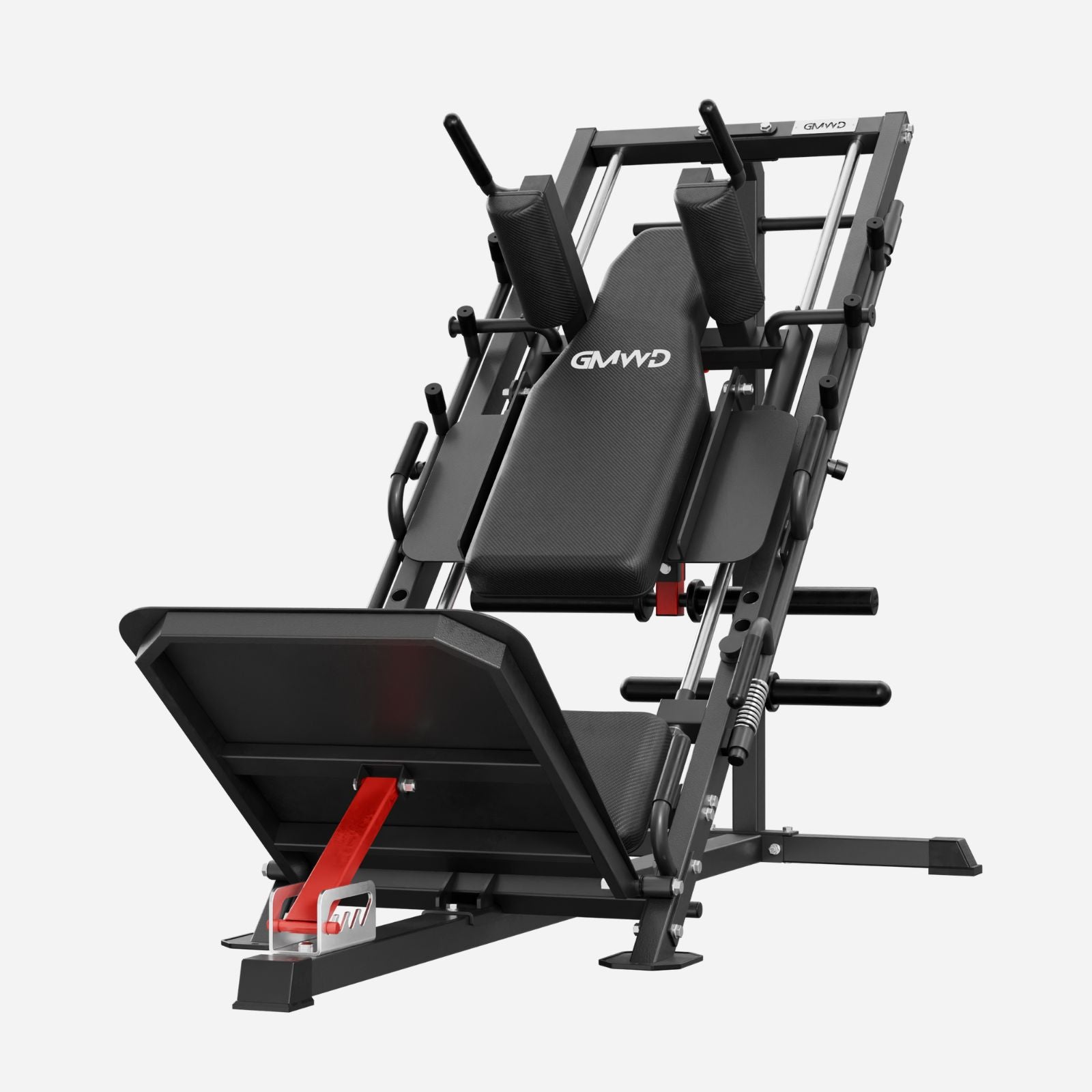

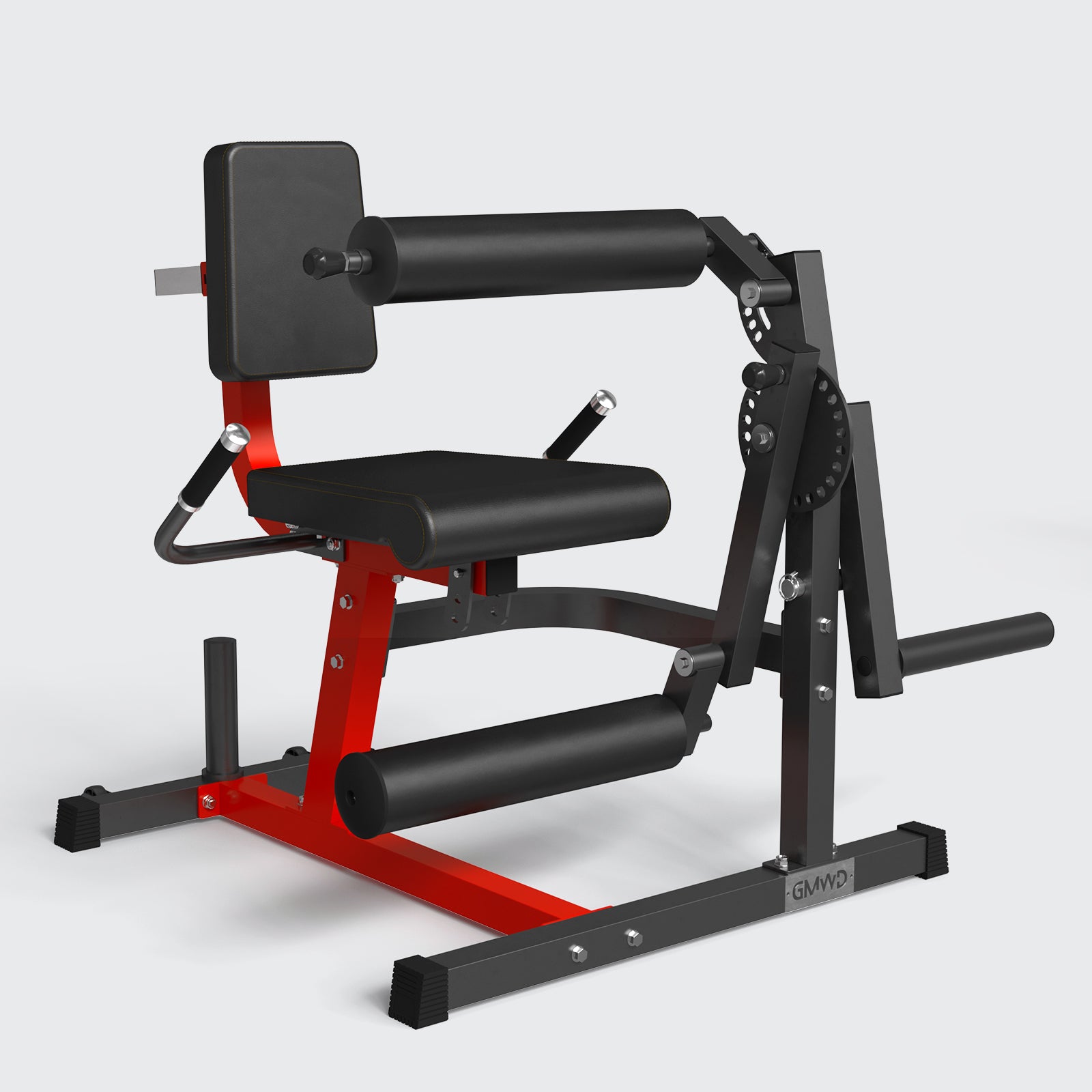
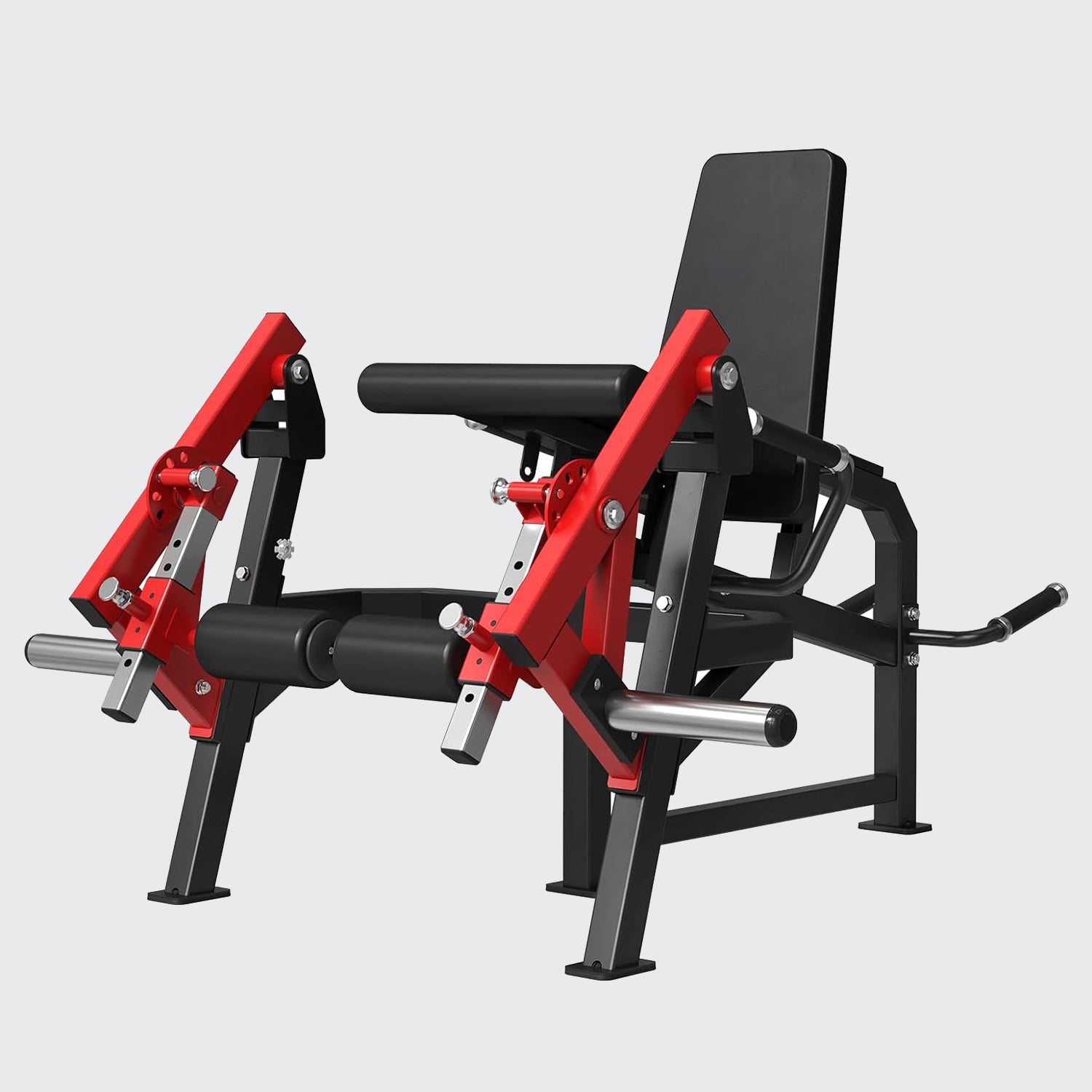
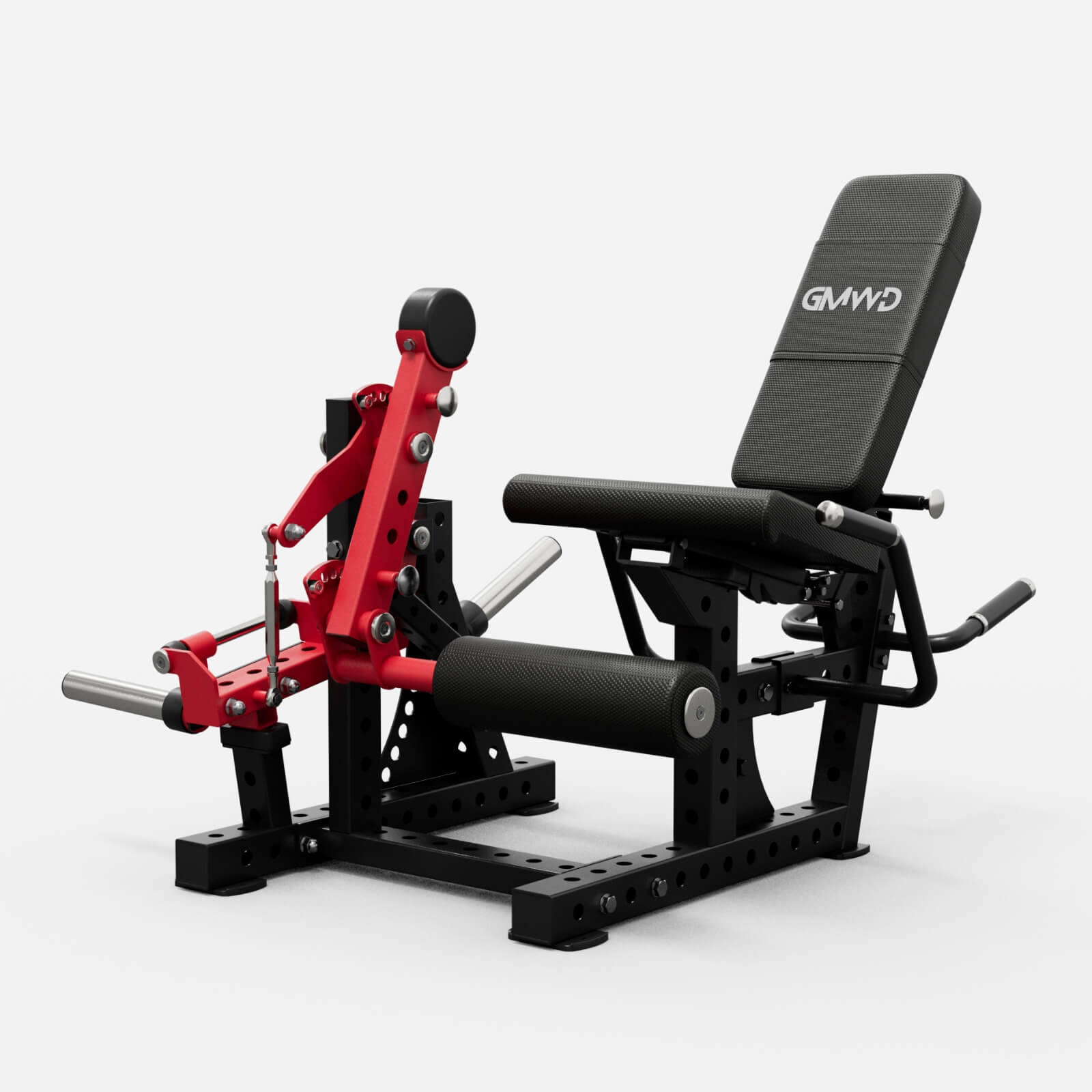
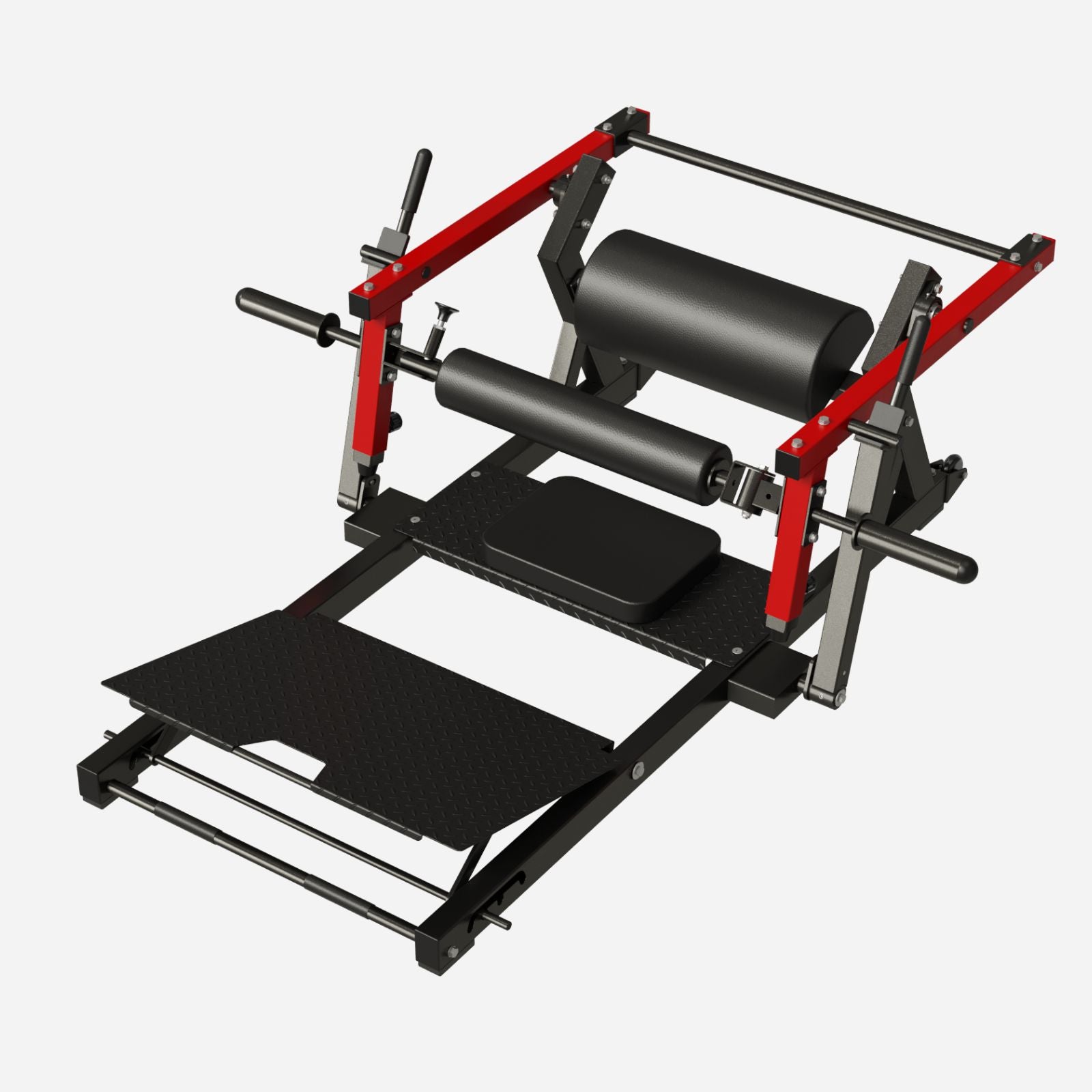

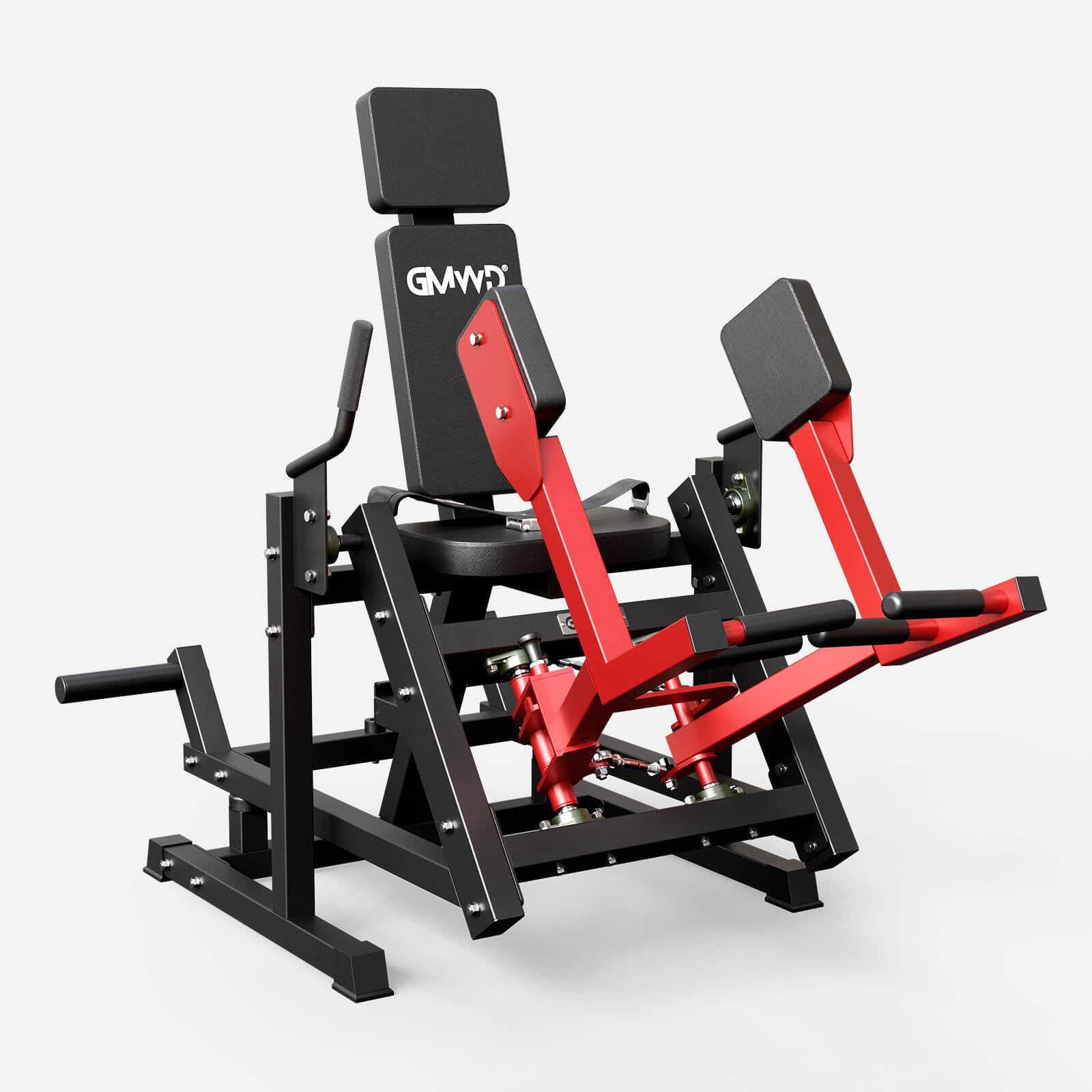
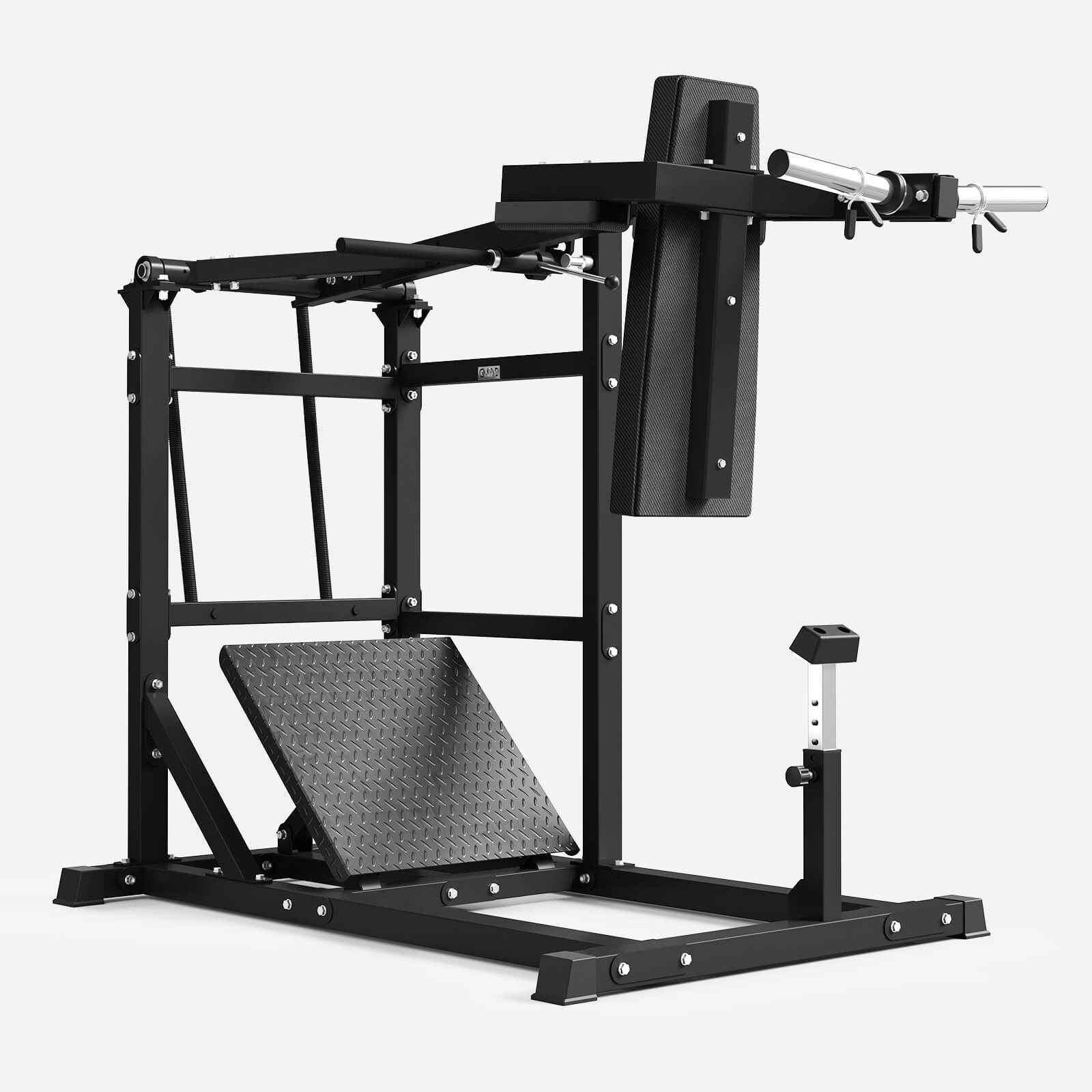
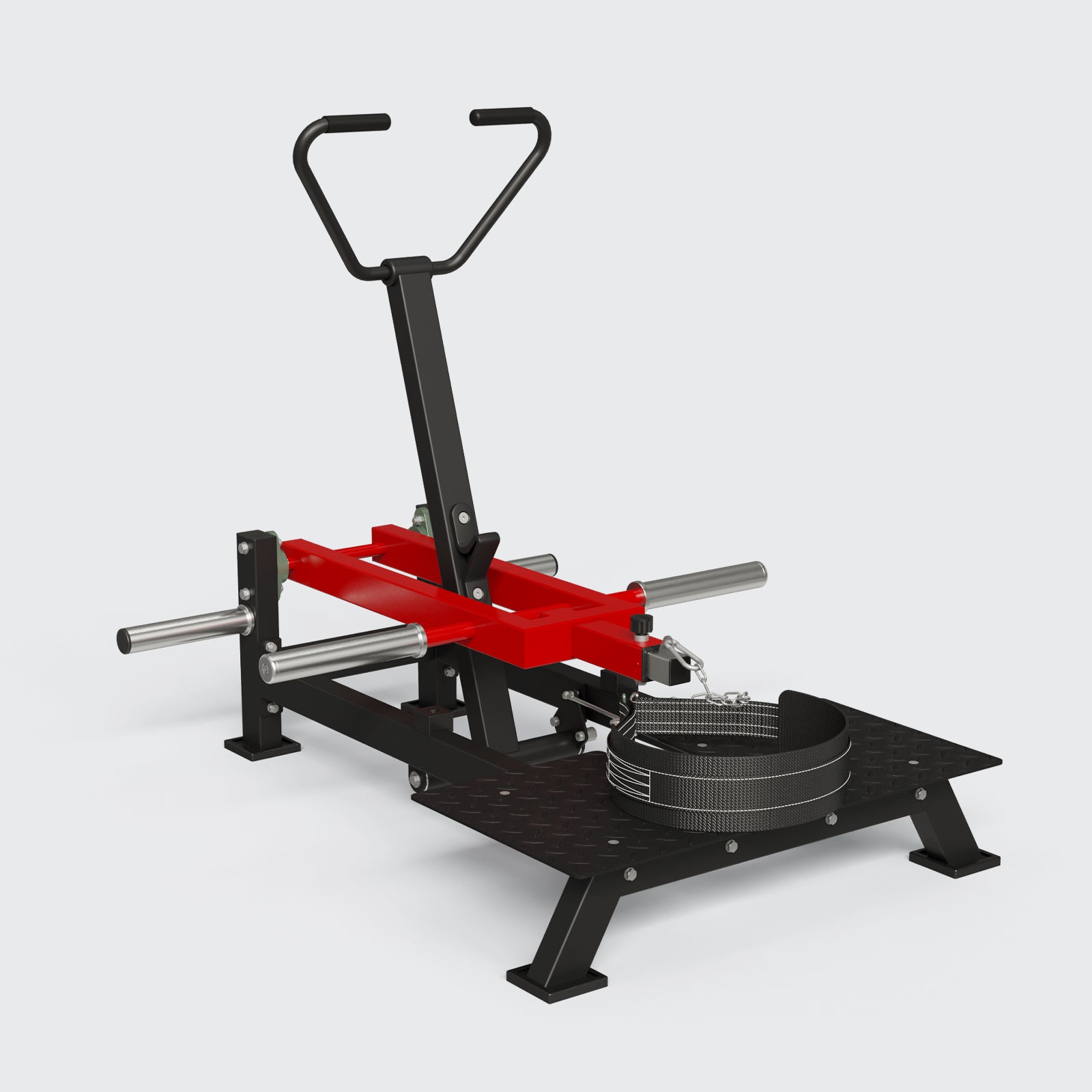
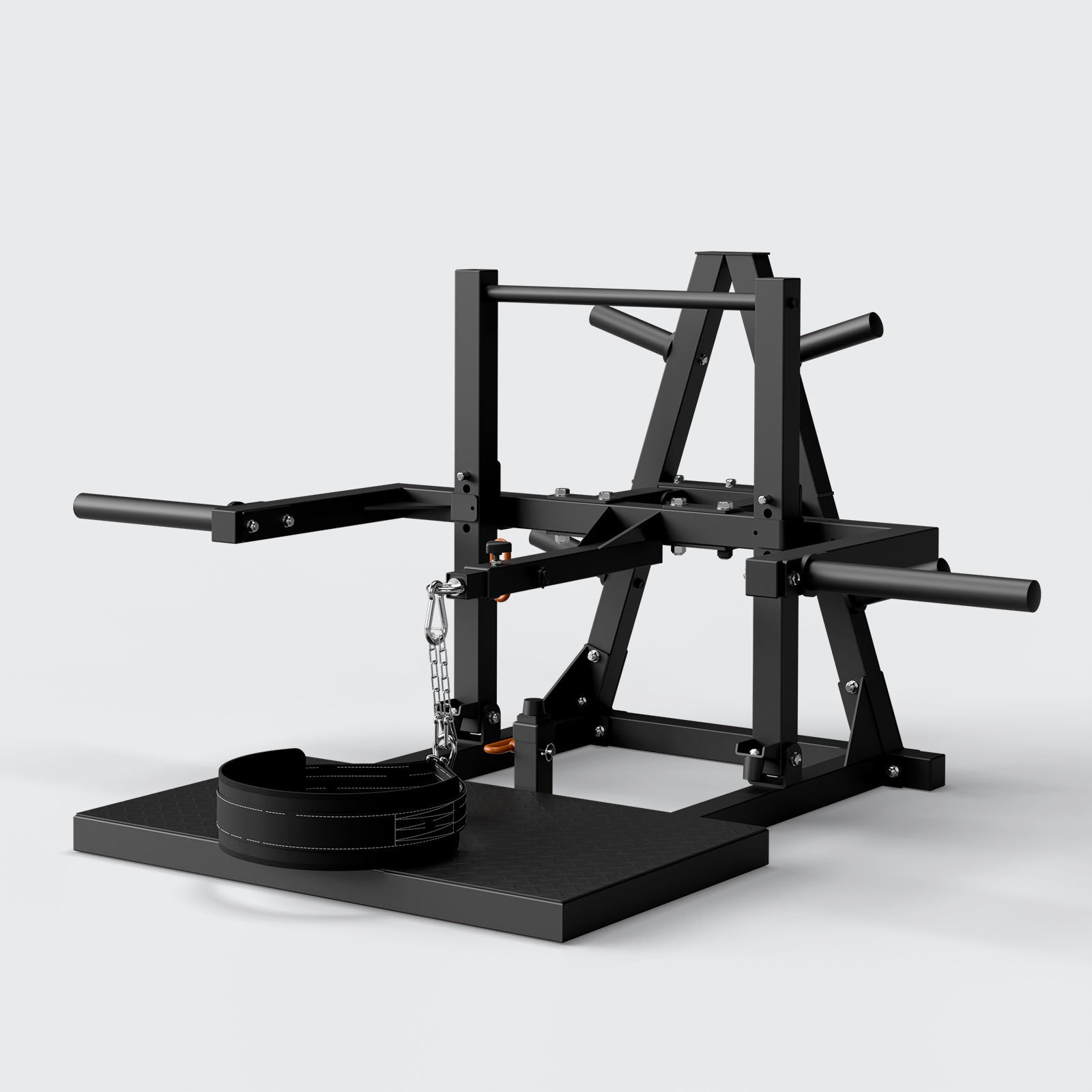

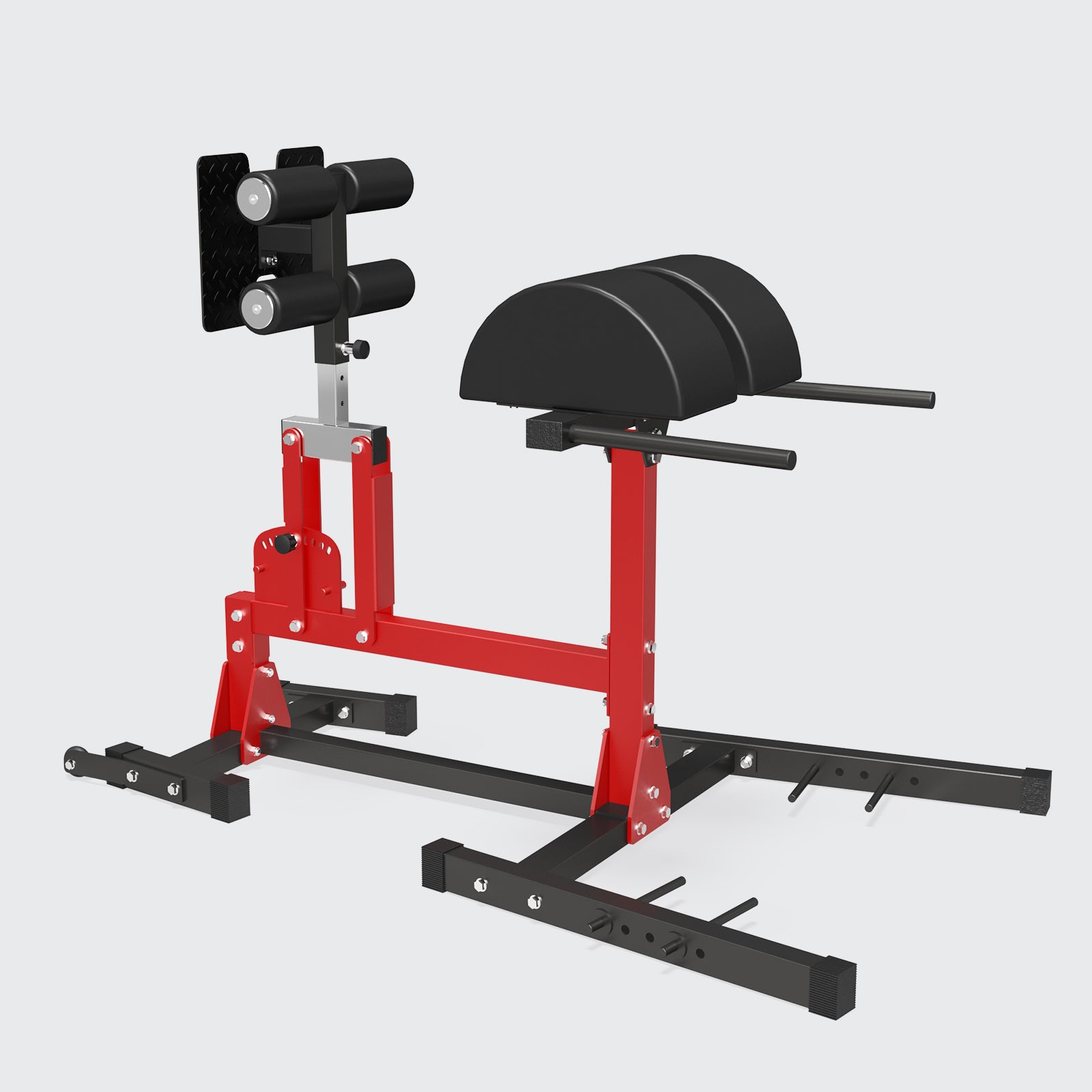
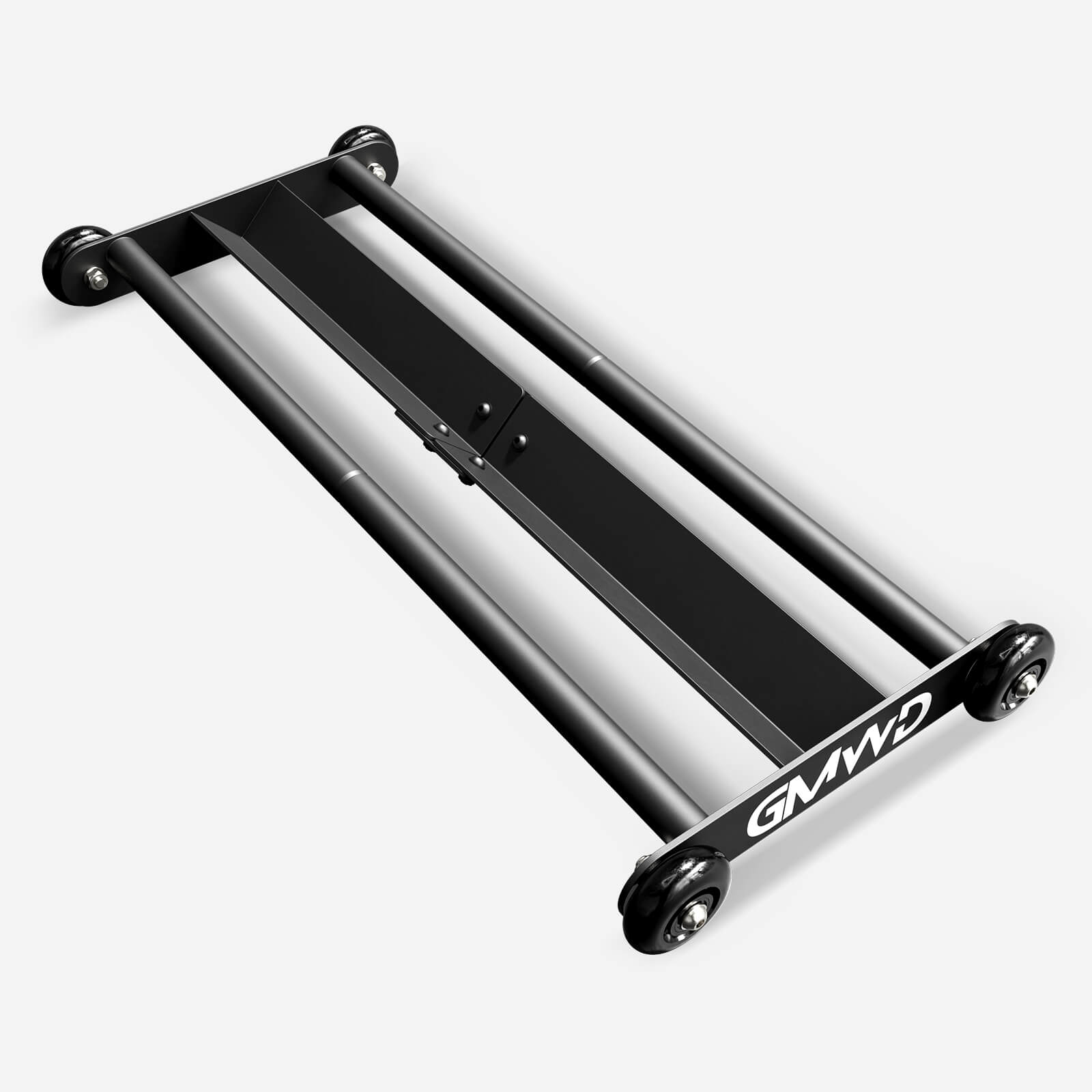
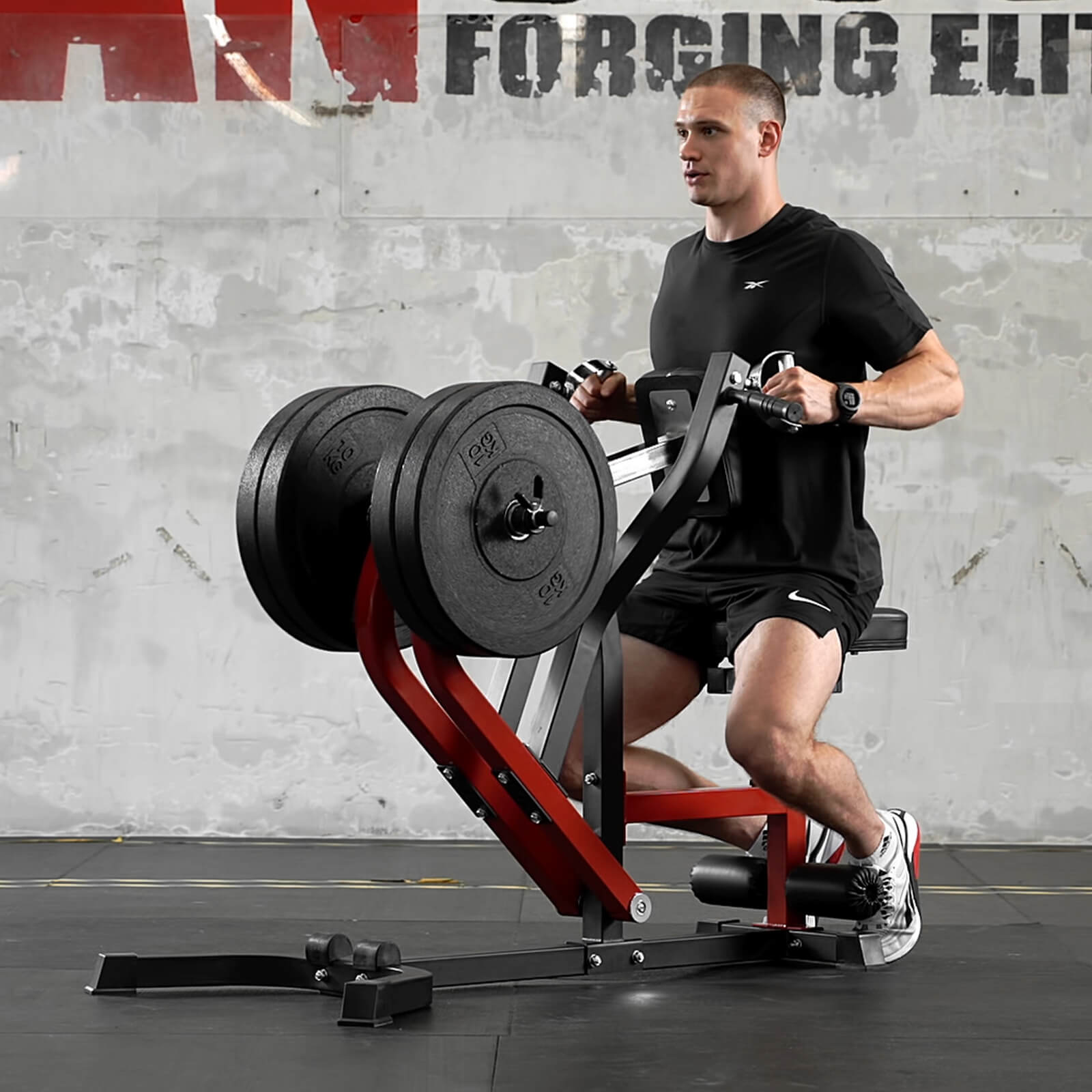
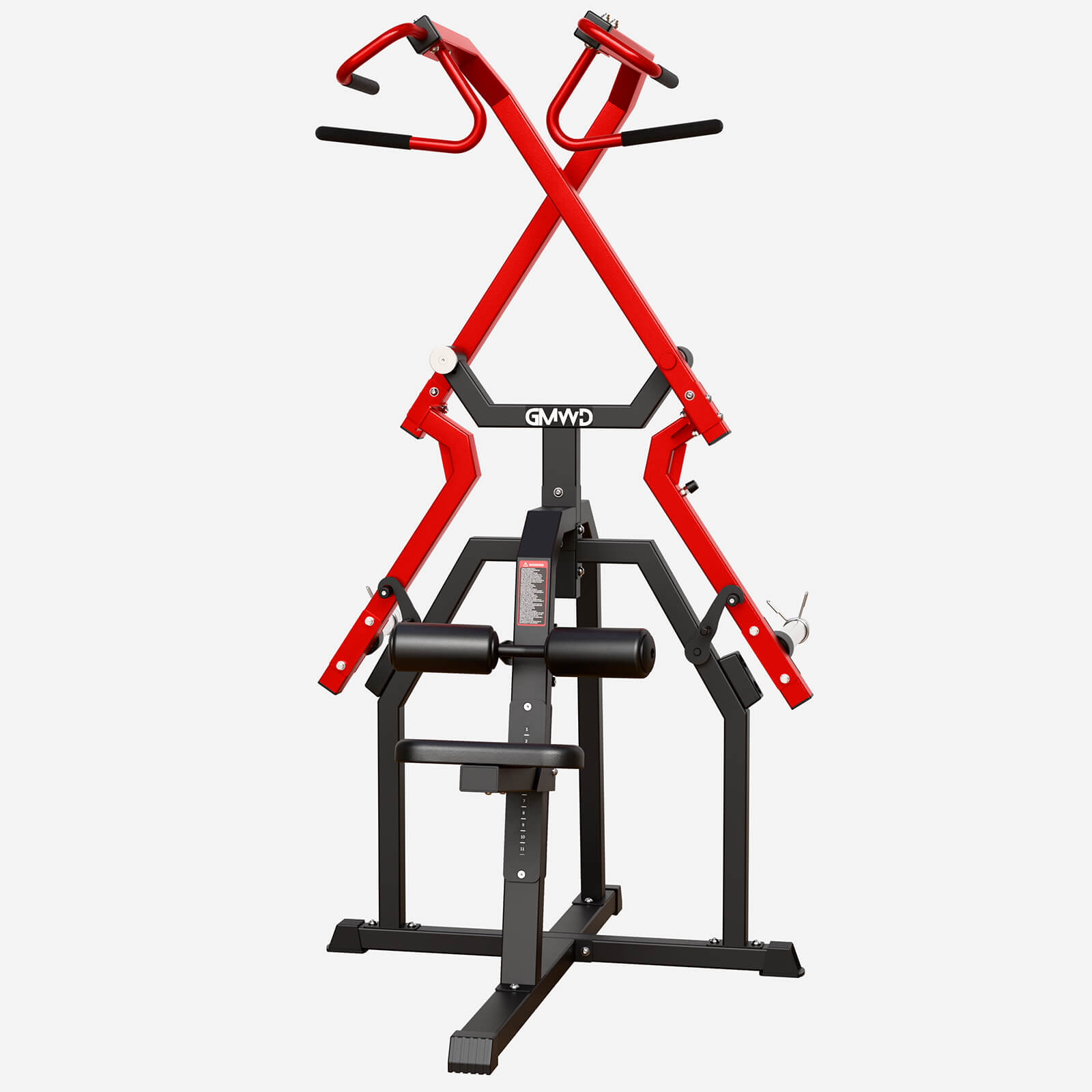
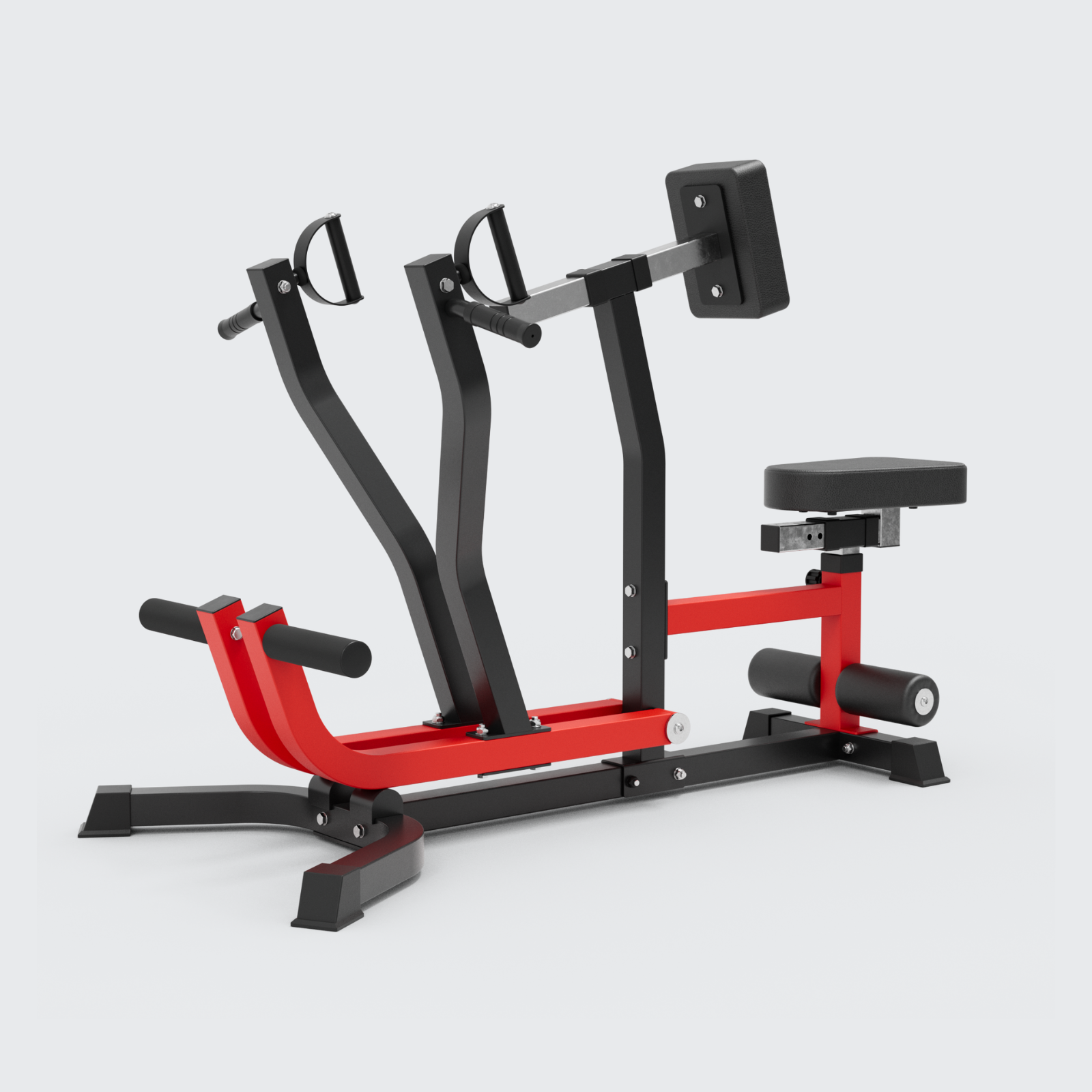
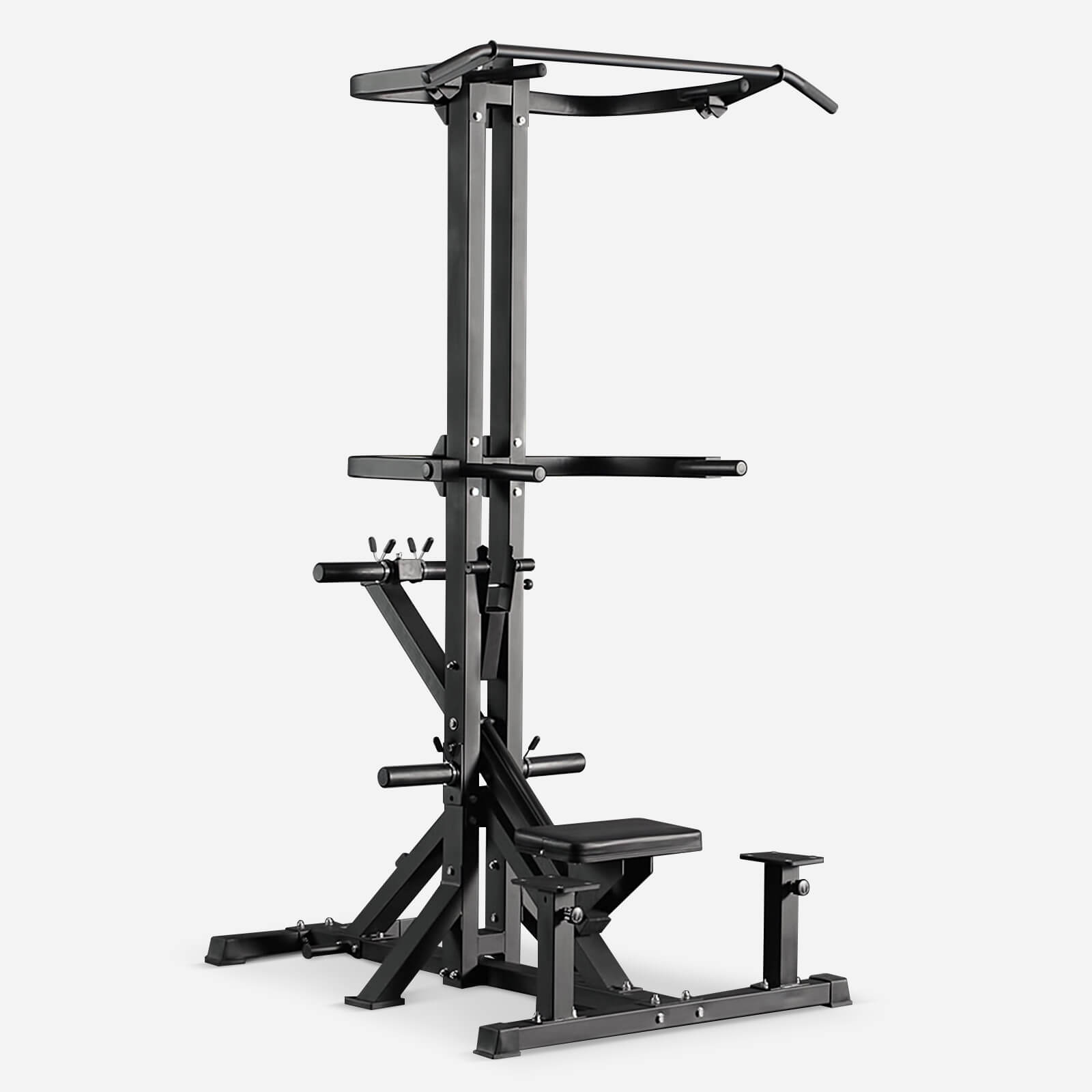

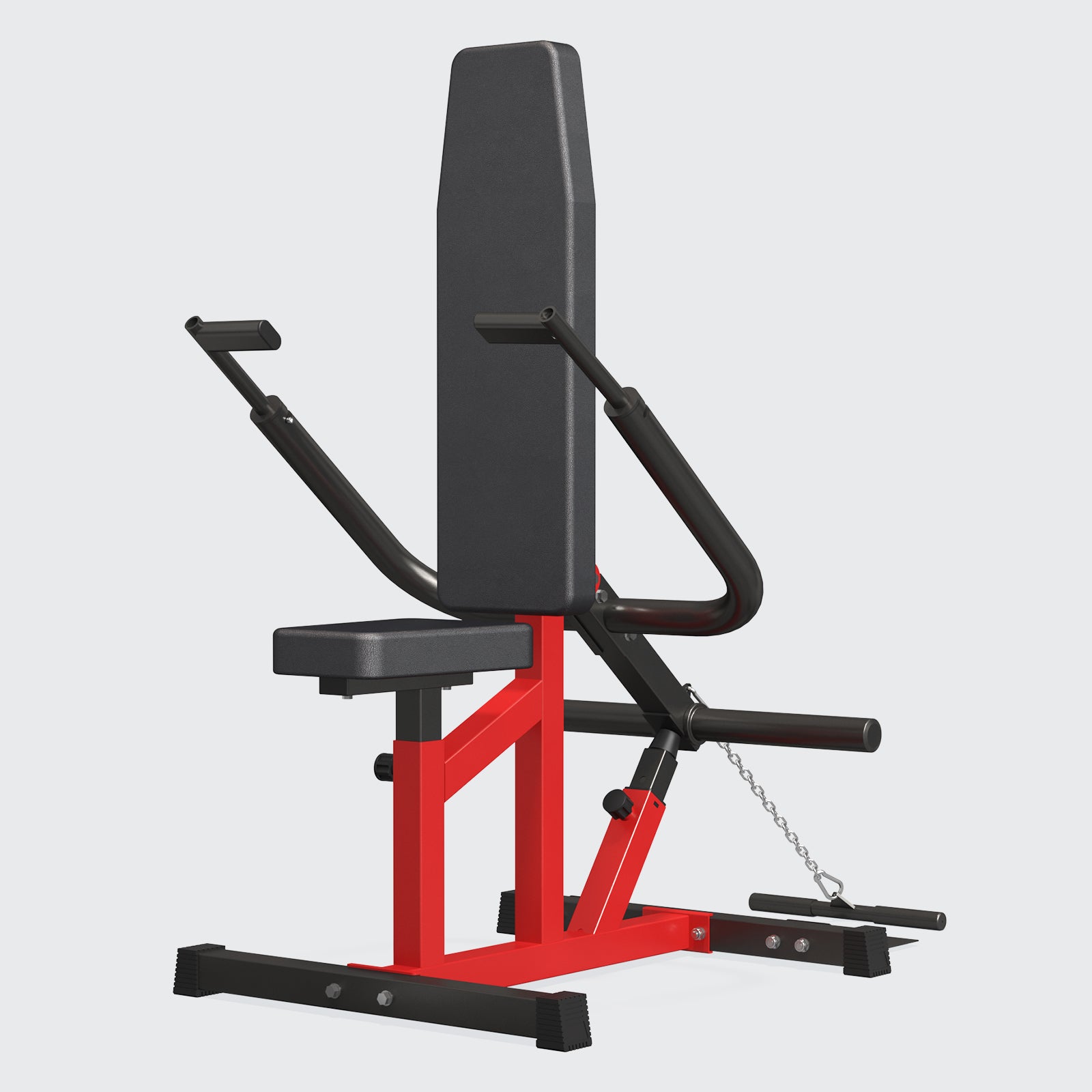
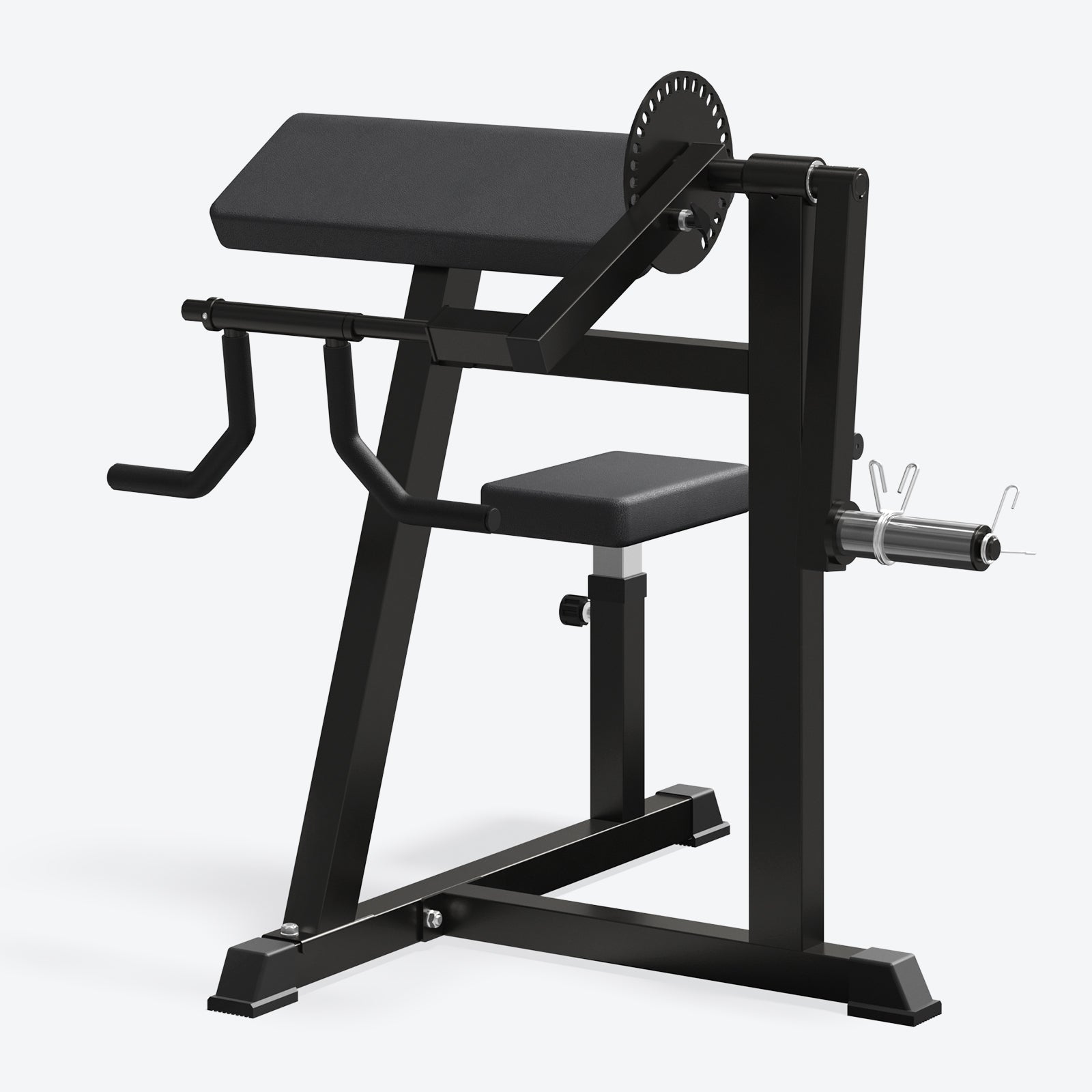
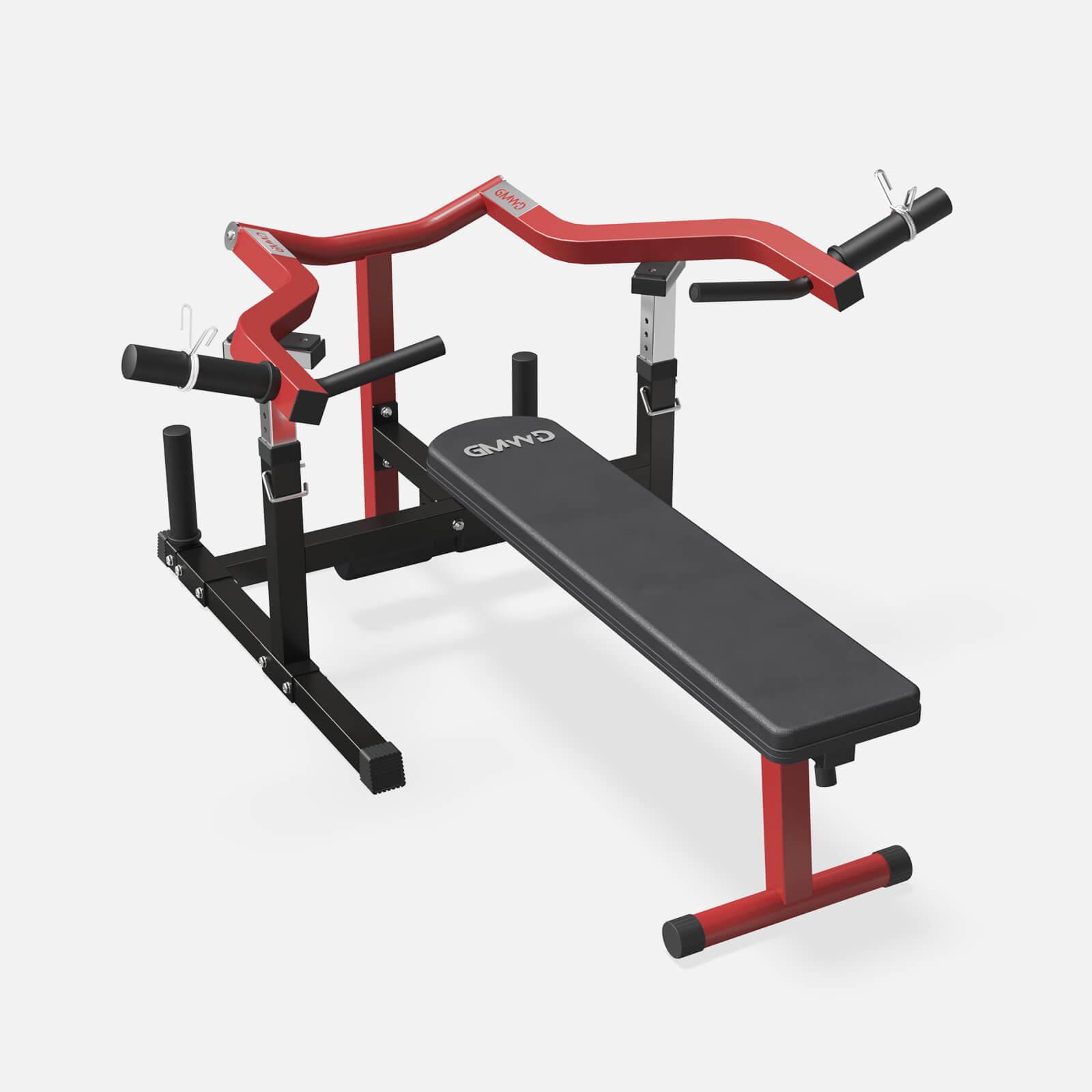
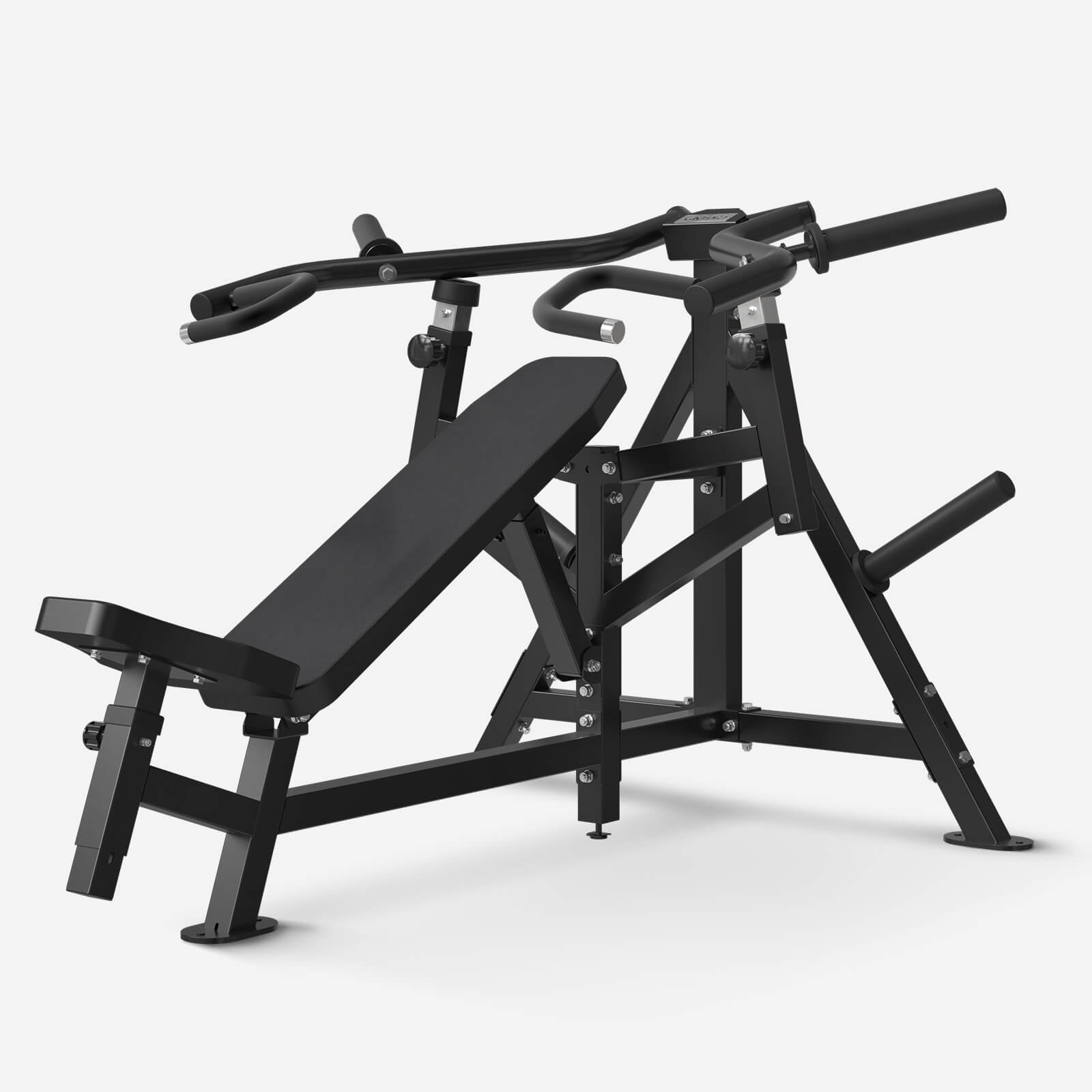
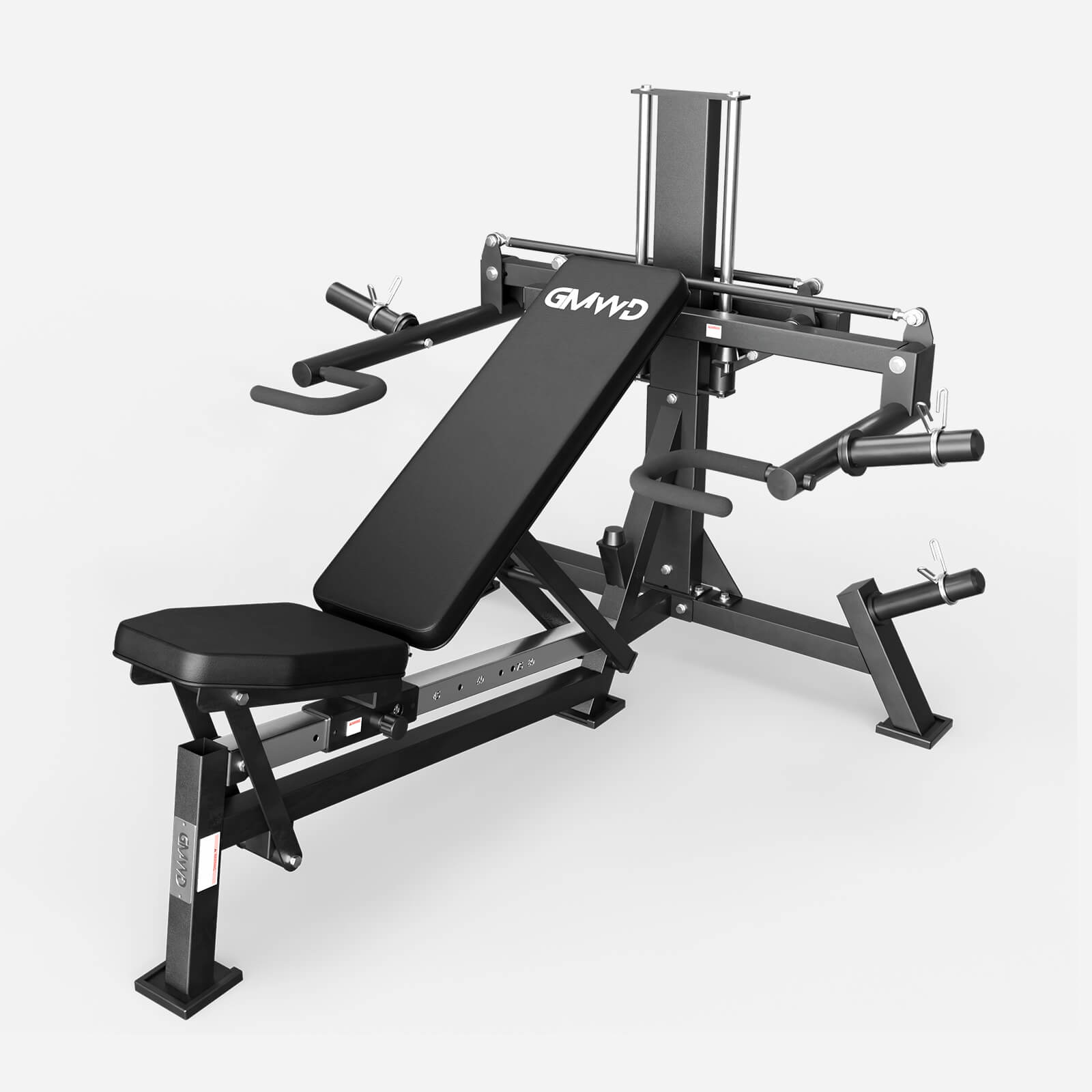
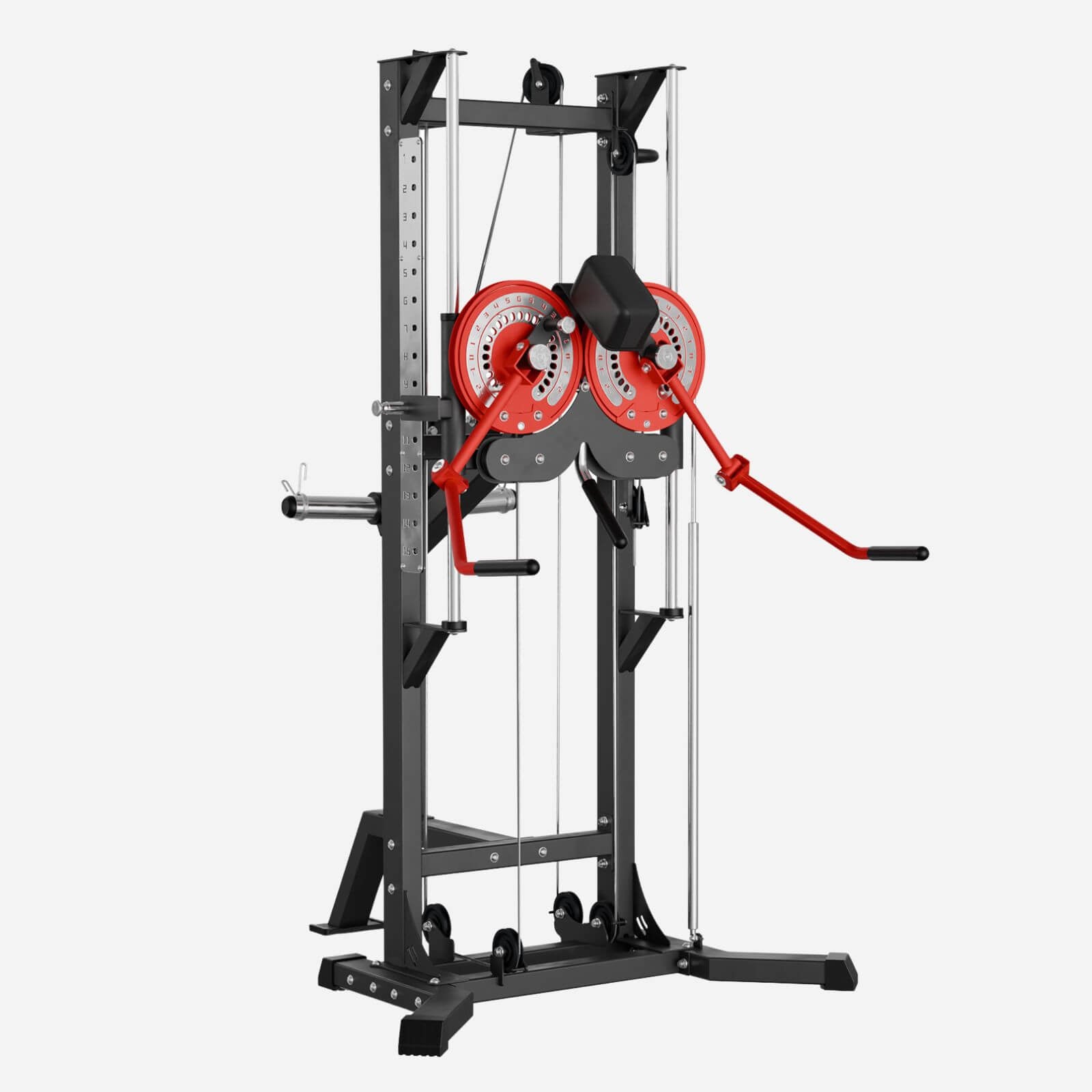
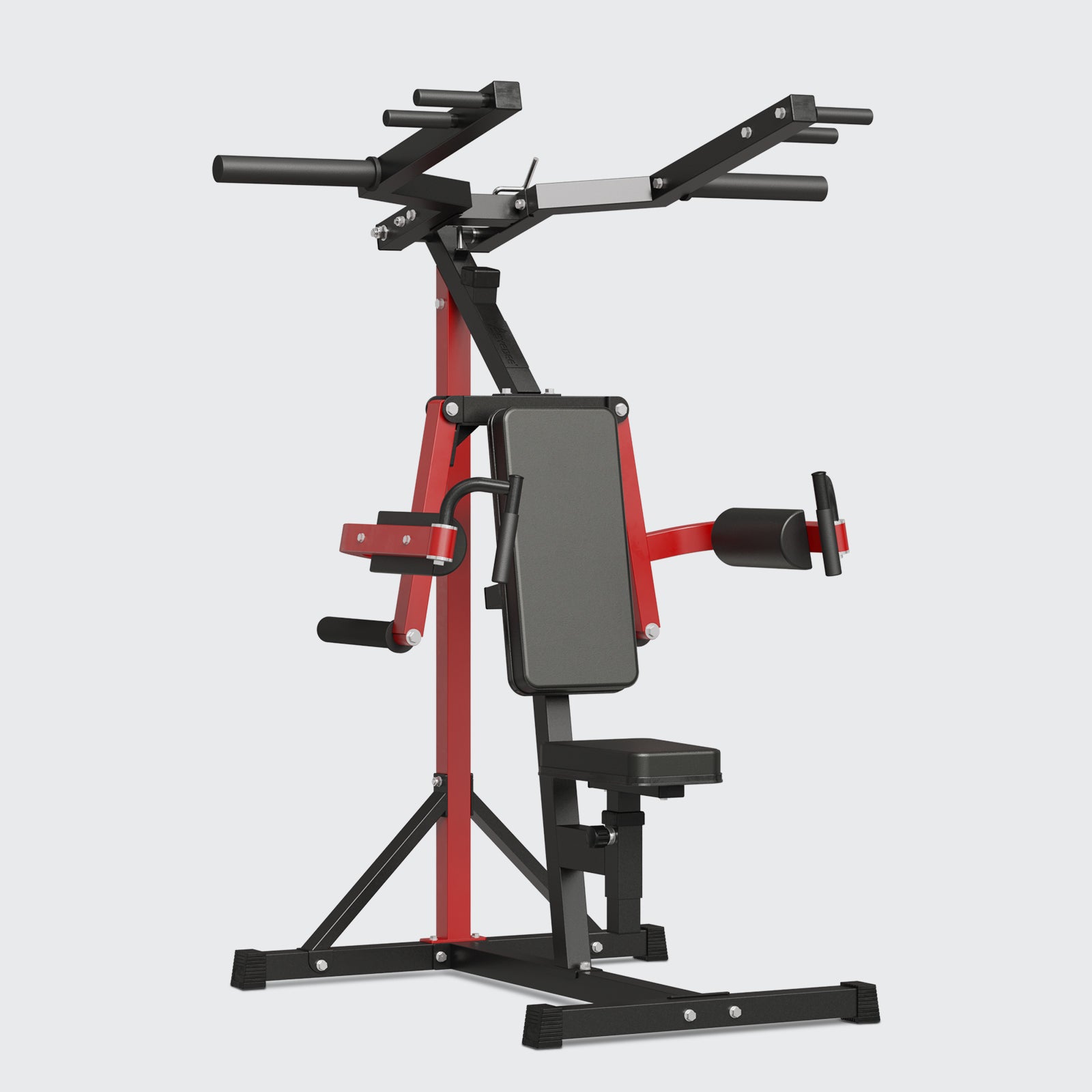
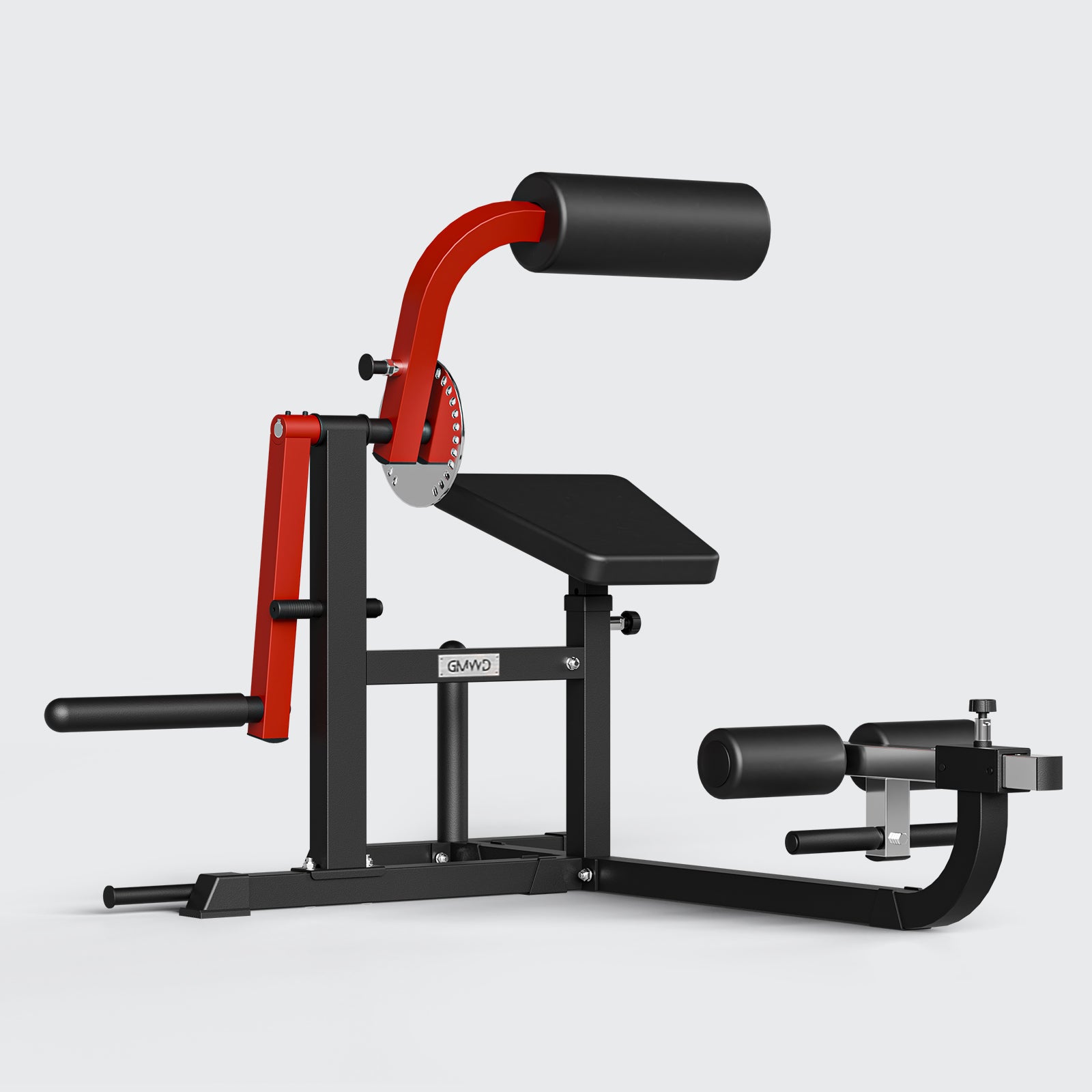
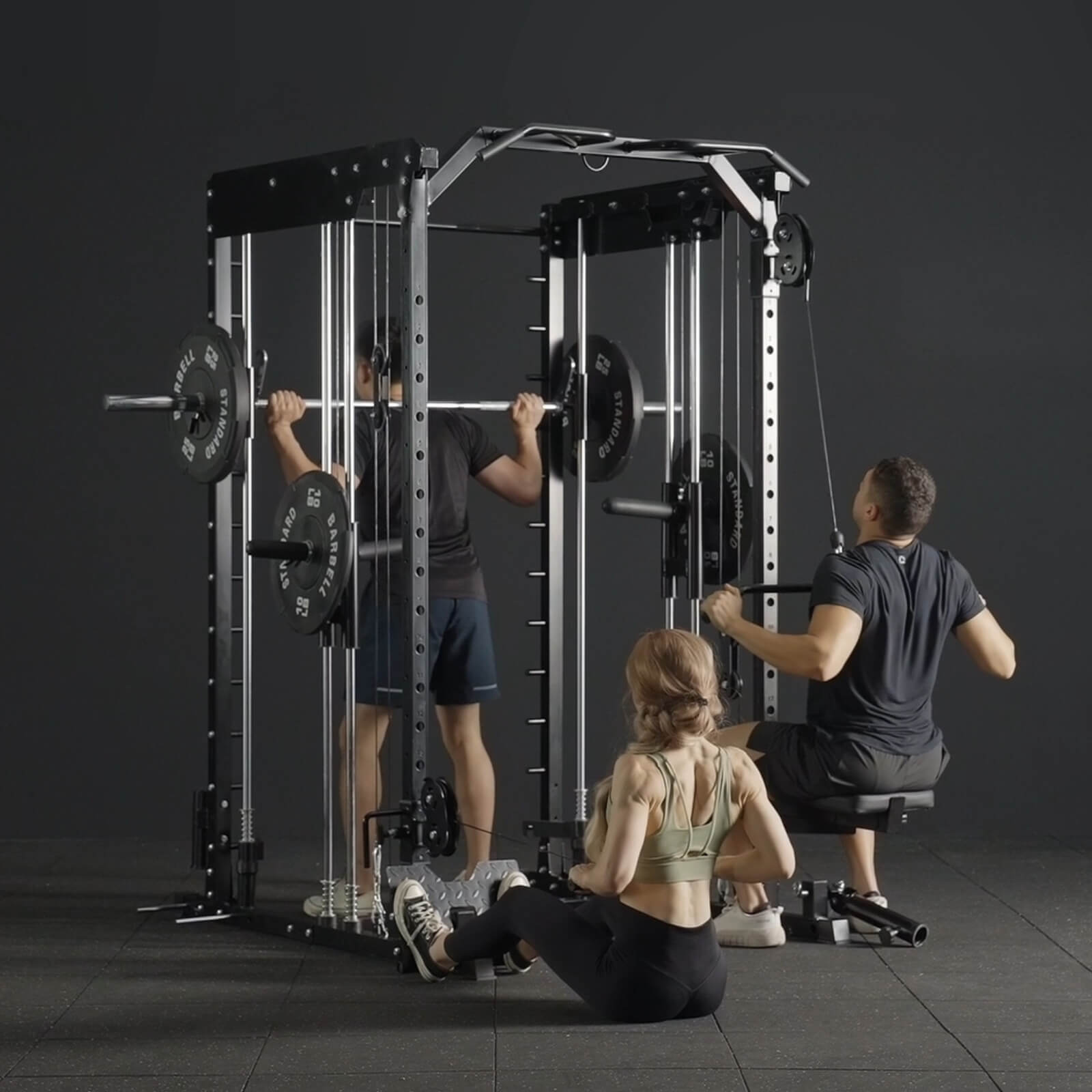
Leave a comment
All comments are moderated before being published.
This site is protected by hCaptcha and the hCaptcha Privacy Policy and Terms of Service apply.